The Anatomy of a Perfect Comedy Sketch: What Makes Us Laugh?
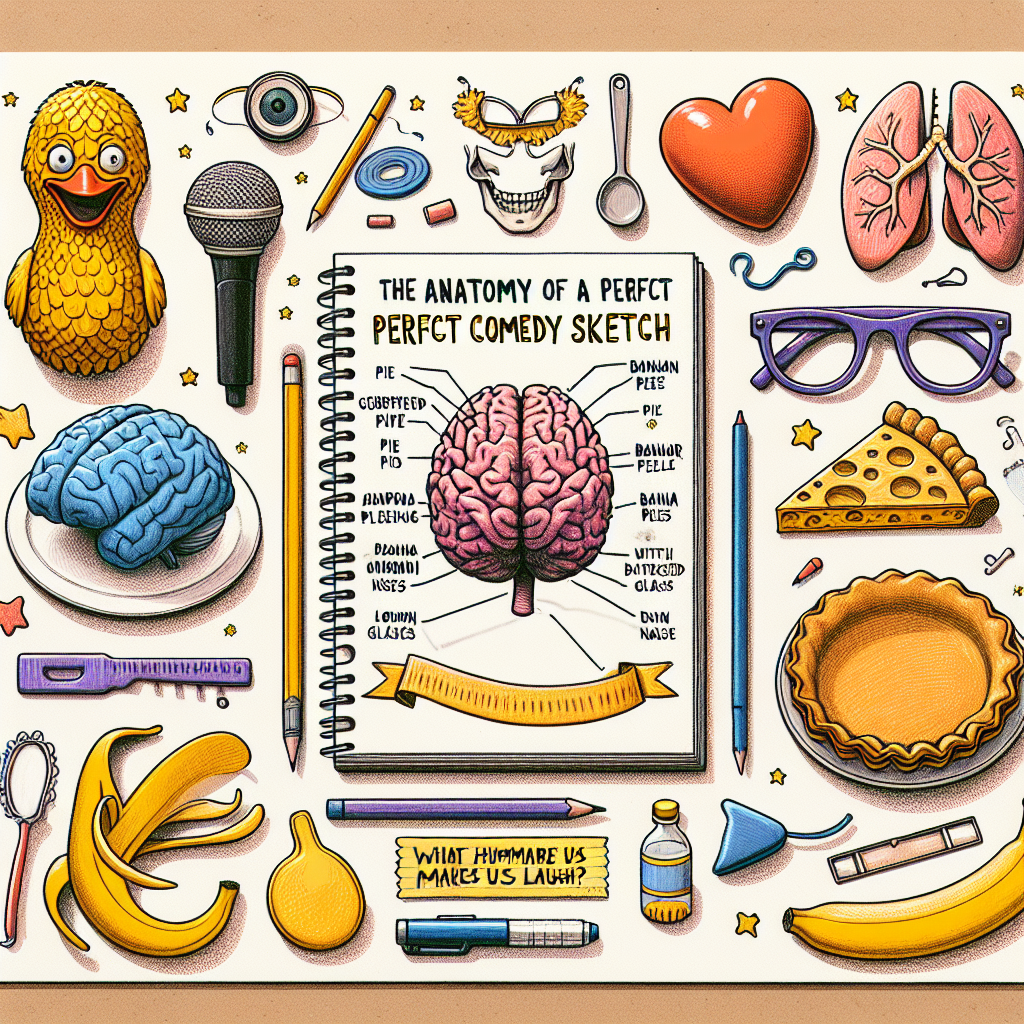
Table of Contents
- H1: The Importance of Comedy in Communication
- H2: The Elements of a Perfect Comedy Sketch
- H3: Setup and Premise
- H3: Conflict
- H3: Punchline
- H3: Timing
- H3: Relatability
- H3: Characterization
- H3: Structure
- H2: The Science Behind Laughter
- H3: The Incongruity Theory
- H3: The Superiority Theory
- H3: The Benign Violation Theory
- H2: Crafting Your Comedy Sketch
- H3: Start with a Strong Concept
- H3: Focus on Character Development
- H3: Write Tight Dialogue
- H3: Test and Revise
- H2: The Role of Performance in Comedy
- H3: Emphasis on Body Language
- H3: Delivery and Pacing
- H3: Audience Interaction
- H2: The Impact of Comedy on Marketing
- H3: Creating Shareable Content
- H3: Building Brand Personality
- H2: Conclusion
- References
Comedy has been an essential part of human interaction since time immemorial. It serves as a mechanism for connection, communication, and, most importantly, laughter. Understanding what makes a perfect comedy sketch can be invaluable, especially for entrepreneurs, marketers, and small business owners looking to engage their audience. This article delves into the intricate anatomy of a successful comedy sketch, exploring its essential components and the science behind what makes us laugh.
H1: The Importance of Comedy in Communication
Before dissecting the elements of a perfect comedy sketch, it’s crucial to understand why comedy matters in communication. Humor can break the ice, ease tensions, and create a sense of camaraderie.
According to a study published in the Harvard Business Review, companies that incorporate humor into their marketing tend to engage better with their audience and experience higher brand loyalty. As Aristotle once said, "The aim of art is to represent not the outward appearance of things, but their inward significance." Comedy can reveal deeper truths while making us laugh.
H2: The Elements of a Perfect Comedy Sketch
A comedy sketch, typically a brief scenario designed to entertain, is composed of several critical elements that work in harmony. Understanding these components will help you appreciate or create effective sketches.
H3: Setup and Premise
The initial setup is vital in establishing the context of the sketch. It includes who, what, where, and when. A well-structured premise ensures that the audience is on board with the storyline.
Example: Consider a sketch that begins with two roommates discussing their plans for the weekend. This setup provides a foundation for the humor to unfold.
H3: Conflict
Conflict is what propels the narrative forward and keeps the audience engaged. It introduces tension that will eventually be resolved, often humorously.
Example: If one roommate wants to go hiking and the other prefers binge-watching a new series, the struggle to find a common ground creates comedic conflict.
H3: Punchline
The punchline is the climax of the sketch where the humor peaks. It’s an unexpected twist or a clever turn of phrase that elicits laughter.
A punchline can be effective because it plays on the audience’s expectations. For instance, if the hiking enthusiast has an absurd reason for their preference (e.g., a bizarre encounter with a squirrel), the unexpected nature of the punchline amplifies the humor.
H3: Timing
Timing is an essential aspect of delivering a comedy sketch effectively. The rhythm of the dialogue and the pacing of the action can make or break a joke.
In performance art, actors often rely on pauses to allow the audience to absorb humor. The American Psychological Association states that good timing can enhance the cognitive processing of humor, resulting in greater laughs.
H3: Relatability
Comedy resonates more when it touches on relatable experiences. The sketch should evoke familiar situations or emotions that the audience can connect with. By tapping into shared experiences, comedians create a sense of community through laughter.
H3: Characterization
Well-defined characters make the comedy more engaging. Each character should have distinct traits that contribute to the humor. Think of characters as exaggerated versions of real-life people to elicit laughter through their quirks.
H3: Structure
A strong structural framework underpins a good comedy sketch. Most sketches follow a three-act structure—setup, conflict, and resolution. This format helps to build expectations and deliver payoffs effectively.
H2: The Science Behind Laughter
Laughter is not merely a response; it involves complex psychological and physiological processes. Understanding these mechanisms can shed light on why certain sketches resonate better than others.
H3: The Incongruity Theory
One of the most popular theories explaining humor is the incongruity theory, which posits that humor arises when there is a discrepancy between what we expect and what actually occurs. For example, classic slapstick comedy often leads to laughter because the unexpected physical mishaps deviate from societal norms.
H3: The Superiority Theory
Another perspective is the superiority theory, which suggests that we laugh at the misfortunes of others. This can often be observed in sketches that involve characters facing humorous setbacks, thereby making us feel superior in our own lives.
H3: The Benign Violation Theory
In contrast, the benign violation theory posits that humor can arise from breaches of moral or social norms, provided they are framed in a way that feels safe. This theory explains why dark or edgy humor can still be funny when it doesn’t cross a line into genuinely offensive territory.
H2: Crafting Your Comedy Sketch
Creating a successful comedy sketch involves combining all the elements discussed above. Here are some practical tips for crafting your perfect sketch.
H3: Start with a Strong Concept
Begin with a strong, relatable idea. This could be an exaggerated scenario or a satirical take on a popular trend. Identify what aspect of life you want to poke fun at and brainstorm ideas around that concept.
H3: Focus on Character Development
Define your characters clearly. Give them distinct traits, backgrounds, and motivations. The more fleshed out the characters are, the easier it is for the audience to connect with them.
H3: Write Tight Dialogue
Dialogue should be concise and punchy. Avoid filler words and focus on delivering every line with intent. Each piece of dialogue should advance the plot or contribute to the humor.
H3: Test and Revise
Comedy is often about trial and error. Share your sketches with friends or colleagues for feedback. Pay attention to their reactions and refine your piece accordingly.
H2: The Role of Performance in Comedy
A well-written sketch can fall flat without effective performance. Comedic acting requires specific skills and an understanding of timing, rhythm, and character nuances.
H3: Emphasis on Body Language
Non-verbal communication plays a crucial role in comedy. Facial expressions, gestures, and posture can enhance the humor significantly. A well-timed facial expression can often convey more than words.
H3: Delivery and Pacing
How a punchline is delivered can make all the difference. Actors should be aware of pacing and adjust their rhythm to maximize the comedic impact. A slight pause before the punchline can build anticipation and make it land more effectively.
H3: Audience Interaction
Comedic performance often benefits from engaging with the audience. This can involve breaking the fourth wall or incorporating audience reactions into the sketch.
H2: The Impact of Comedy on Marketing
Businesses, particularly small ones, can leverage the craft of comedy for marketing. Engaging video content that incorporates humor can capture attention more effectively than traditional advertising.
H3: Creating Shareable Content
Humorous content is more likely to be shared on social media platforms, increasing brand visibility. Companies like Dollar Shave Club have successfully used humor to carve out a niche in competitive markets.
H3: Building Brand Personality
Humor can humanize a brand, making it more relatable to the audience. Establishing a tone of voice that incorporates humor can attract a loyal customer base.
H2: Conclusion
Understanding the anatomy of a perfect comedy sketch reveals the intricate art of humor. By knowing the elements that work together to create laughter, entrepreneurs and marketers can harness the power of comedy to engage their audience, foster connections, and build brand loyalty.
Whether you’re crafting a sketch for entertainment or utilizing humor in your marketing strategy, the principles outlined in this article can serve as a helpful guide. With practice, anyone can master the art of comedy and enjoy the benefits that come from making people laugh.
For more insights on effective communication and audience engagement, check out our article on Creative Marketing Strategies.
References
- Harvard Business Review – The Power of Humor in Business
- American Psychological Association – The Science of Humor
Latest Posts
You Might Also Like

Lorem ipsum dolor sit amet, consectetur adipiscing elit. Ut elit tellus, luctus nec ullamcorper mattis, pulvinar dapibus leo.
TOP NEWS
Copyright © 2025 FunnyShowStreaming.site | All rights reserved.



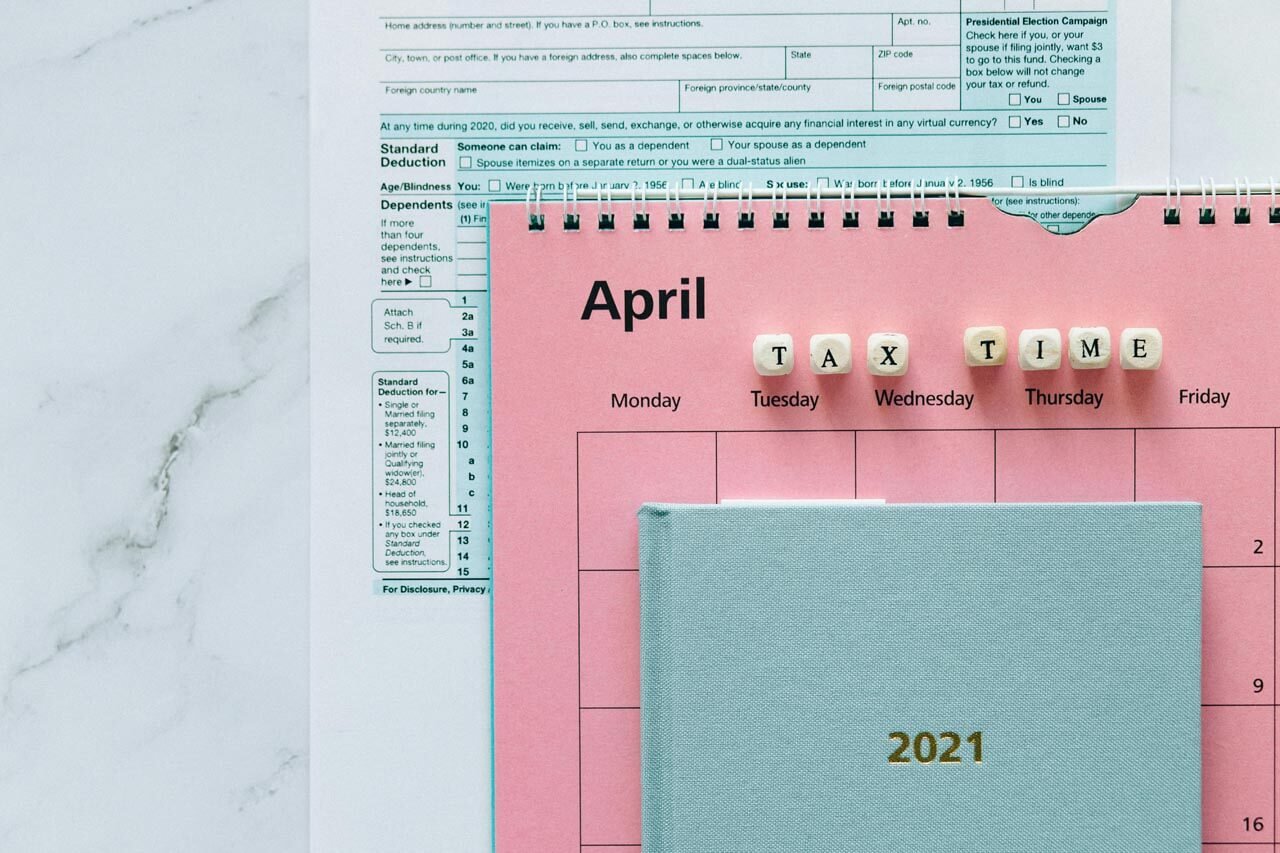

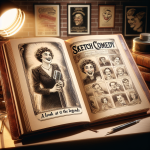






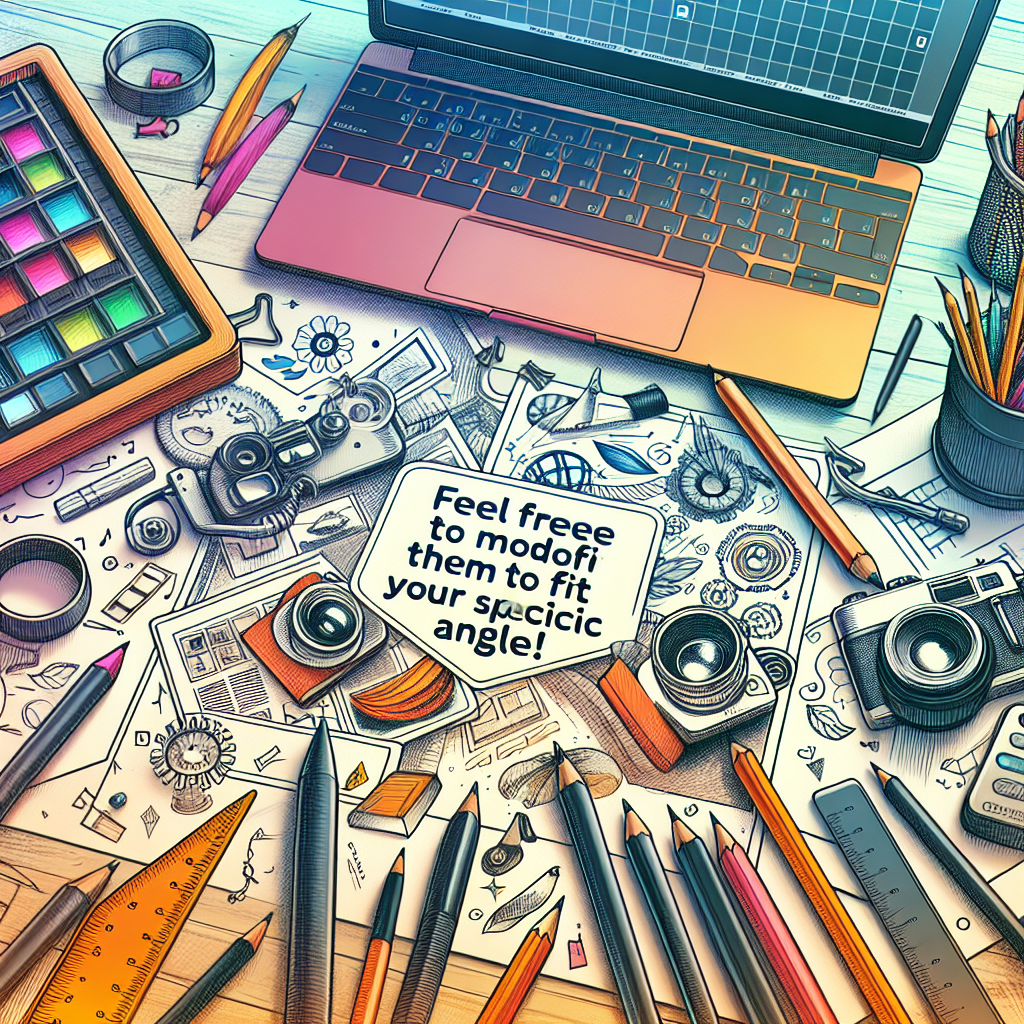
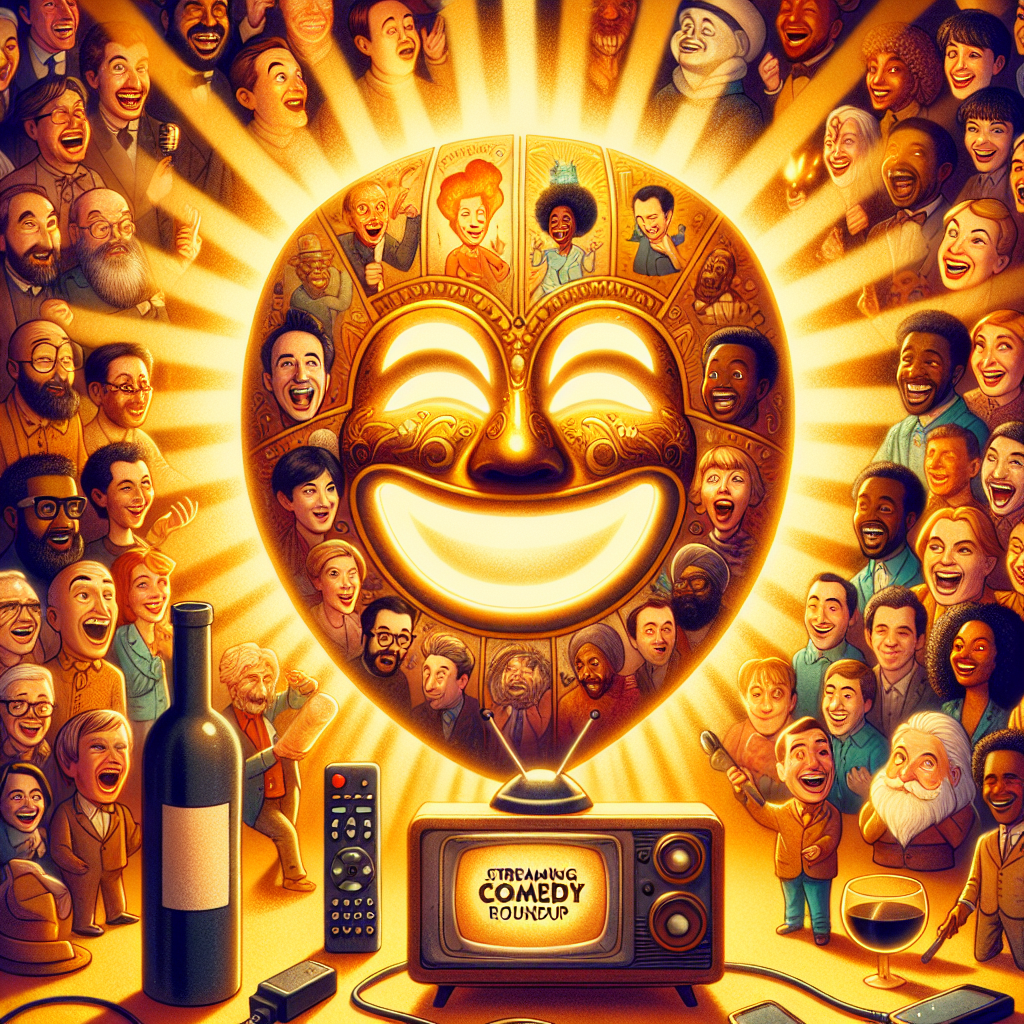





Comments are off for this post.